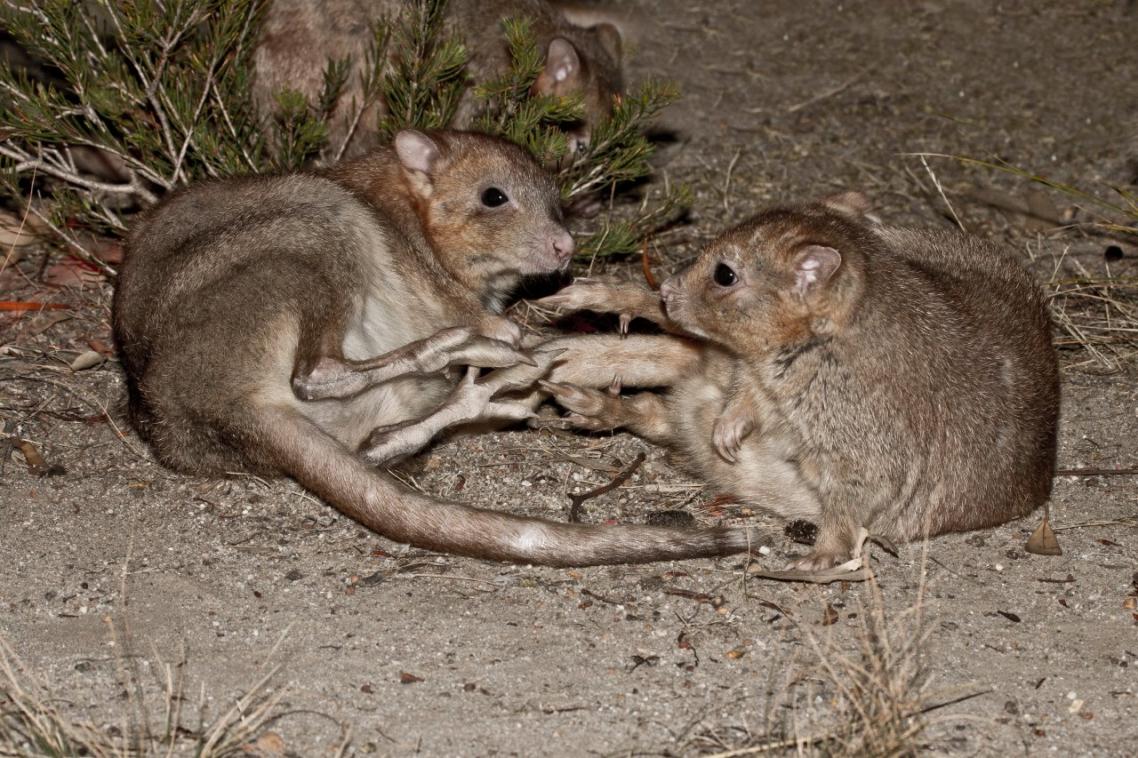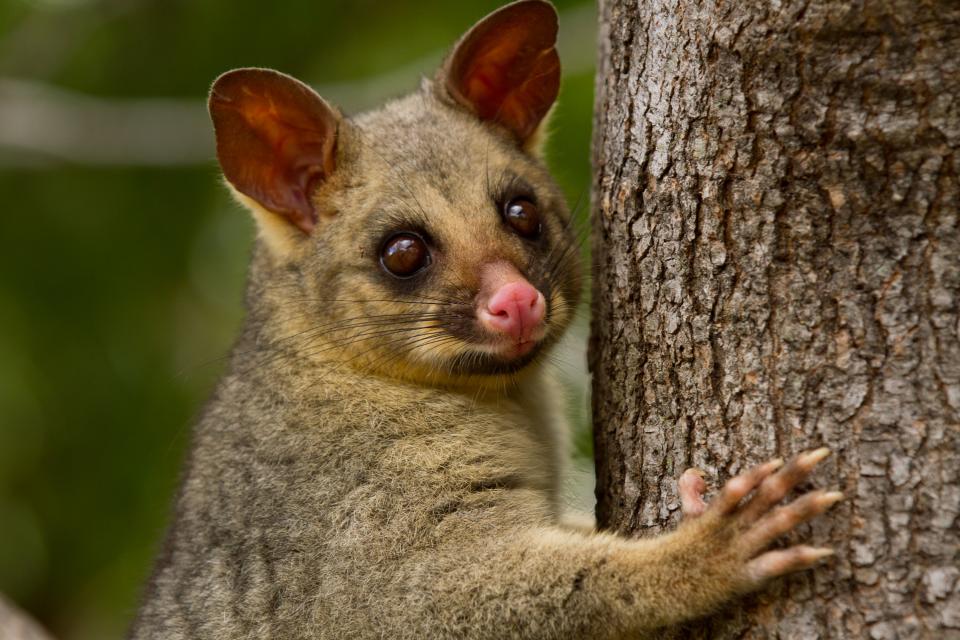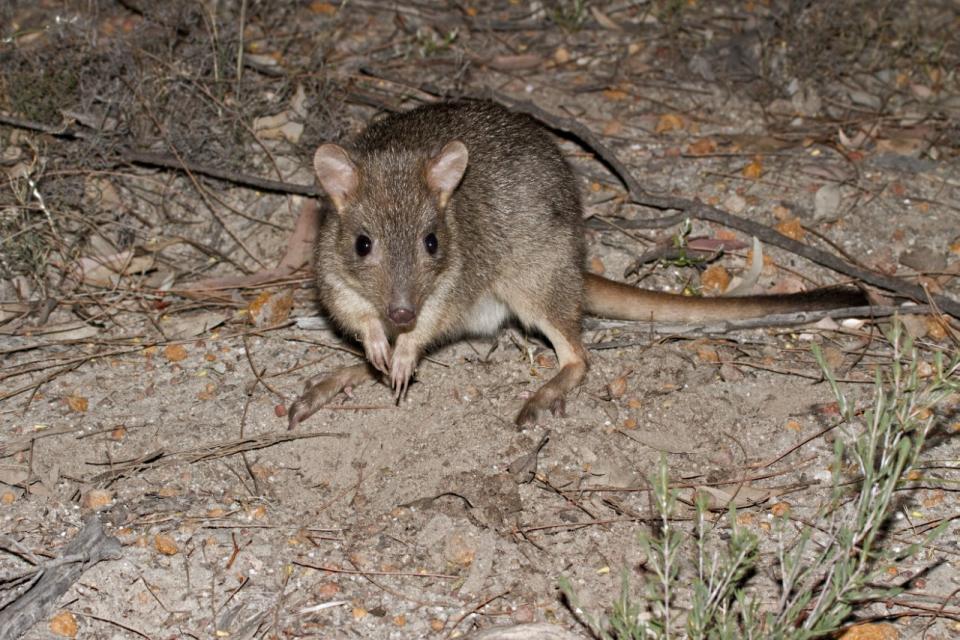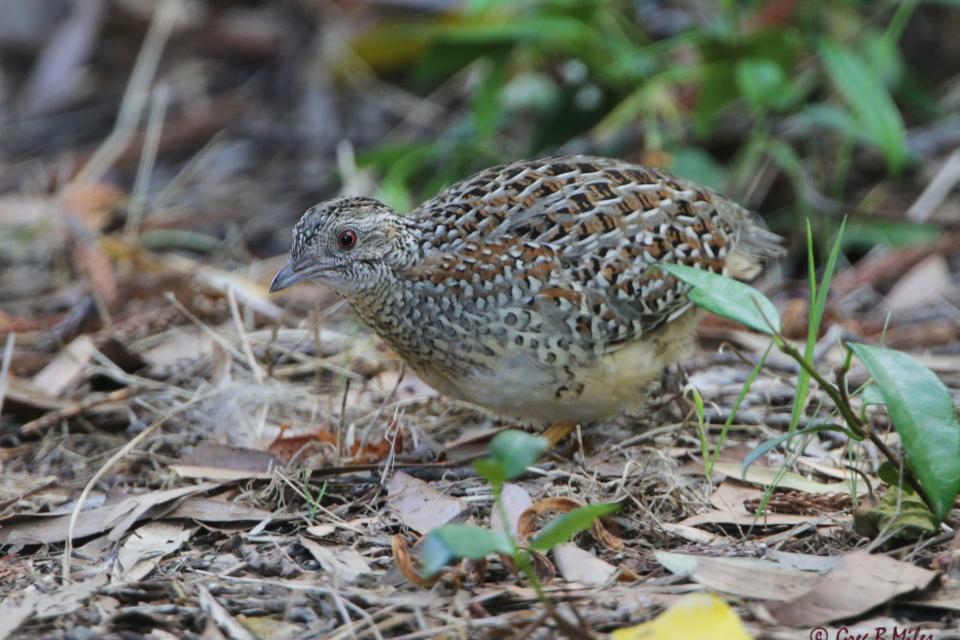Reintroduced marsupials may pose new threat to ground-dwelling birds

Native marsupials reintroduced in south-western Australia are a threat to ground-dwelling birds, a University of Queensland study has found.
Researcher Graham Fulton said ground-nesting and ground-dwelling birds had generally declined at a greater rate than other Australian bird groups, with the loss of eggs believed to be an important factor.
“We don’t know a lot about the identity of ground-nest predators,” he said.
Mr Fulton, a PhD student in the UQ School of Biological Sciences, said his research at Dryandra, south-east of Perth, highlighted the need for a greater

“Marsupials are not generally regarded as potential nest-predators of these birds, partly because the biology of rare Australian marsupials is not fully understood due to their rarity,” he said.
The study found that three marsupials – boodie and woylie bettongs (Australian rat kangaroos) and brushtail possums (pictured right and left) – took eggs from artificial nests similar to those of the threatened painted button quail (pictured below right).
“Approximately one-third of the eggs were taken by the

He also found dietary evidence of bettongs eating vertebrate animals, including live prey.
He said bettongs had largely disappeared from mainland Australia.
The boodie had existed only on an offshore island before being reintroduced on the mainland during Mr Fulton’s study, and the woylie (pictured left) is listed as an endangered species.
“Foxes and cats have been poisoned around the

“My work highlights the need to better understand the biology of rare marsupials – or any animals or plants – before reintroducing threatened species to an area.”
The study, Native marsupials as egg predators of artificial ground-nests in Australian woodland, is published in the Australian Journal of Zoology (doi: 10.1071/ZO17038).
Media: Graham Fulton, grahamf2001@yahoo.com.au; Jan King, j.king@uq.edu.au, ph +61 7 336 54043
Related articles

Thousands of Queensland reef photos lead to worldwide change

From war-torn Liberia to the UQ Law School: a graduate’s inspiring family legacy
Media contact
UQ Communications
communications@uq.edu.au
+61 429 056 139
